Mid-Autumn Gifts Beyond Mooncakes: A Touch of Fire and Fragrance
Product ValueExplore a unique Mid-Autumn gift from Miniwood: a handcrafted wooden lighter paired with palo santo — bringing warmth, scent, and a moment of calm.
Do you know where chess originated and what changes it went through? Explore the rich history of chess and learn how it became one of the world's most beloved intellectual games.
Have you ever wondered why a 64-square chess board can contain so many interesting strategies, strategies and historical stories? Chess, a seemingly simple game, is one of the oldest and most popular intellectual games in the world. Besides, there are also turning points that have made chess become an indispensable part of human culture. This article will take you on a journey through the fascinating history of chess, from its humble beginnings to its brilliant growth today.
Chess, an intellectual game that has accompanied humanity for thousands of years, is always a topic that attracts the curiosity of many people. So, where did this game come from? To date, there is still no completely accurate answer, but many hypotheses have been proposed.
One of the most popular theories is that chess originated in ancient India. This game is said to have originated from Chaturanga, a strategy game played on an 8x8 board. Chaturanga in Sanskrit means "four parts", referring to the four main pieces in the game: infantry, cavalry, war elephants and war chariots. These chess pieces represent the four divisions of the army in ancient times.
The way to play Chaturanga has many similarities with modern chess. However, there are some notable differences. For example, Chaturanga did not have a queen as we know it today, and the rules for moving the pieces also had some differences.
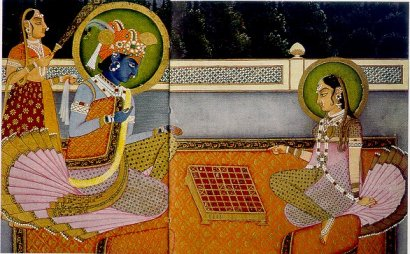 Krishna and Radha play Chaturanga on an 8x8 board
Krishna and Radha play Chaturanga on an 8x8 board
Chaturanga gradually spread out of India and was adopted by the Persians. Here, this game is called Chatrang and has undergone several changes in the rules and pieces. From Persia, Chatrang continued to travel to other lands, including Europe, and gradually formed the game of chess we know today.
In India, Chaturanga is not only an entertaining game but is also considered an art form and an educational tool. This game helps train logical thinking, calculating ability and decision-making ability. It is because of those values that Chaturanga has become popular and is passed down from generation to generation.
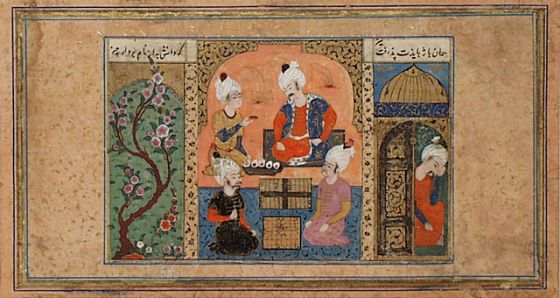 India is still considered the birthplace of modern chess
India is still considered the birthplace of modern chess
In short, although the exact origin of chess remains a mystery, Chaturanga is considered the ancestor of this game. Over thousands of years, chess has undergone many changes but still retains its unique characteristics and has become one of the most popular intellectual games in the world.
From India, the game Chaturanga has gradually spread throughout the lands, bringing with it a unique culture and interesting rules.
Chaturanga, after being introduced to Persia, was adopted by the Persians and called Chatrang. As Islam developed and the Persians became Muslims, they brought Chatrang to many lands they conquered. Chess quickly became an indispensable part of Muslim culture.
Chess was introduced to Europe through many different routes. The Moors played an important role in bringing chess to Spain in the 10th century. Although there are theories about the role of the Vikings, there is no historical evidence that they brought chess to the regions. Northern European land remains limited.
Besides, chess in Europe also went through a process of standardization of rules, board design and pieces, which facilitated the development of official chess tournaments and contributed to making the game more popular. This game becomes more popular and attractive.
Chess is not only popular in Europe and the Islamic world but also spread strongly to other continents. In Asia, Chaturanga has undergone significant transformations to create distinct games such as Xiangqi in China and Shogi in Japan, with distinctive rules and boards. In Africa, chess has been deeply integrated into local culture, creating many unique variations and becoming an indispensable part of people's lives, especially in traditional festivals and rituals. . In the Americas, chess also thrives, especially in Latin America and the United States, producing many talented players who contribute to enriching the world chess map.
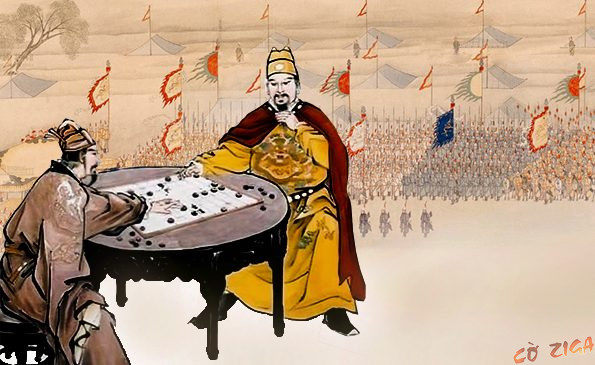 Chinese chess is said to have originated from Chaturanga (India).
Chinese chess is said to have originated from Chaturanga (India).
Over the centuries, chess has continuously developed and improved. The birth of international chess tournaments, the appearance of professional players and the development of technology have contributed to bringing chess to a new level. Today, chess is not only an entertaining game but also an intellectual sport loved by many people around the world.In short, the development history of chess is a long and interesting journey. From a simple Indian game, chess has become a global cultural phenomenon, connecting people together across all language and cultural barriers.
In the Middle Ages, chess was not simply an entertaining game but also a symbol of status and power. Playing chess is seen as a sign of sophistication, intelligence and leadership. Kings, queens, and nobles often spend time playing chess, not only for entertainment but also to practice strategic thinking and the ability to make quick decisions.
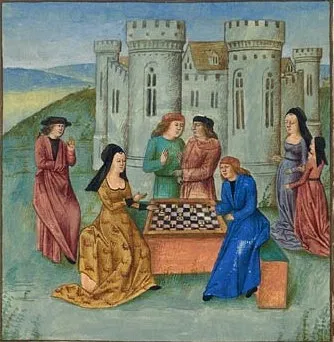 Medieval people played chess
Medieval people played chessThe Renaissance (circa 14th to 17th century) was an important transition period in human history, marking the transition from feudal society to modern society. During this period, humanistic, scientific and artistic values were promoted. Chess, as a game that requires intelligence and creativity, has become an indispensable part of the lives of aristocrats and intellectuals.
Chess - symbol of wisdom and sophistication:
Talented players and tournaments: During the Renaissance, many talented players appeared and left their mark in chess history. Chess tournaments are held regularly, attracting the participation of many players. These competitions are not only an opportunity for players to show off their talents but also an opportunity to exchange experiences and develop chess theory.
Development of chess theory: Renaissance players and chess theorists made important contributions to the development of chess theory. They have studied openings, middlegames and endgames in depth, developed new strategies and analyzed famous games.
Chess and art: Chess became a source of inspiration for many Renaissance artists. We can find images of chessboards and chess pieces in paintings, sculptures and other works of art such as books, literature, and poetry. Chess is often used as a symbol of wisdom, balance and opposition.
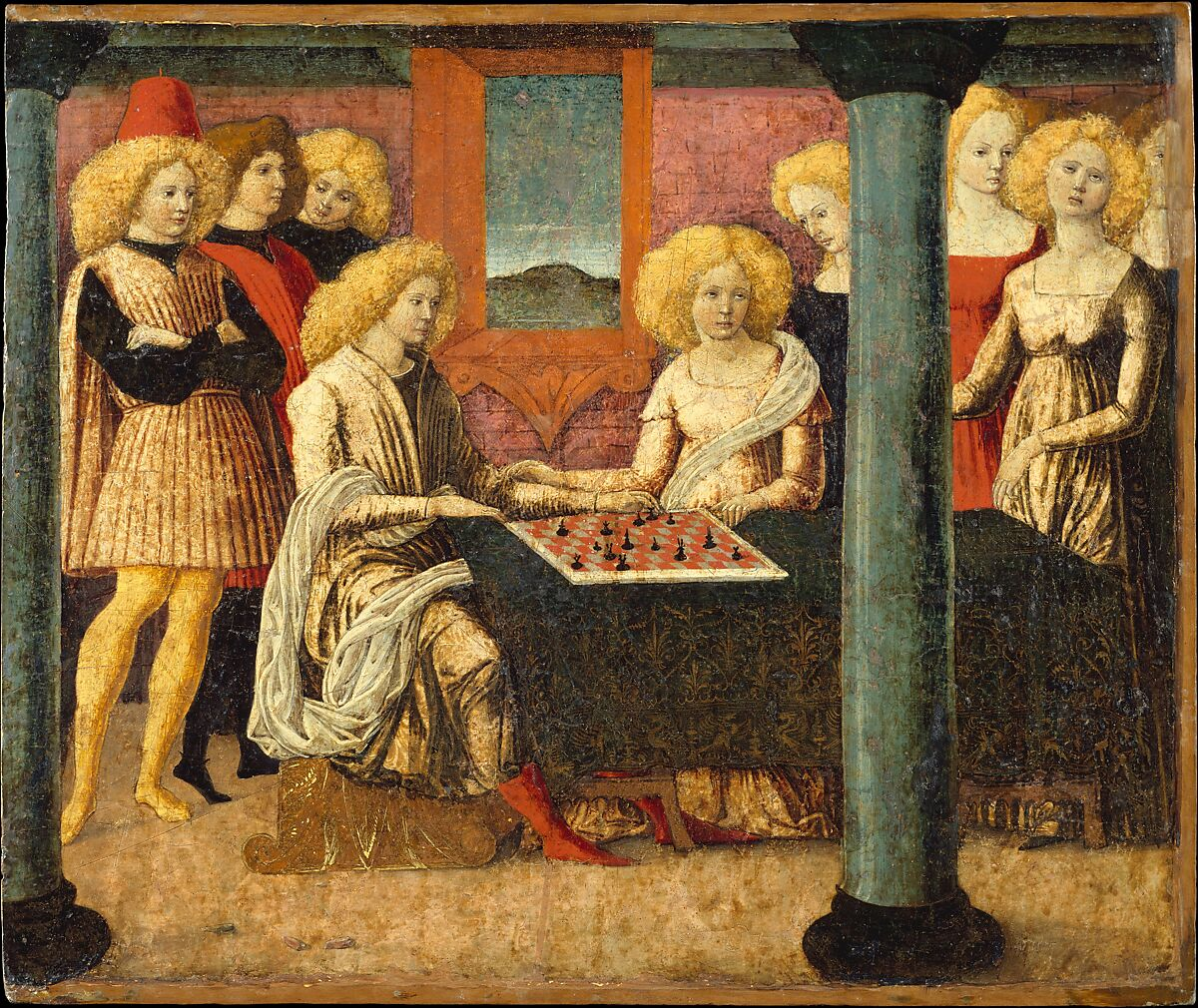 Chess appears on paintings bearing the mark of the Renaissance period
Chess appears on paintings bearing the mark of the Renaissance period
The modern era is the period when chess became an intellectual sport recognized worldwide. The birth of international chess organizations such as the International Chess Federation (FIDE) has contributed to promoting the development of chess. Professional chess tournaments are held regularly with the participation of thousands of players from all over the world. Technological developments have also created new opportunities for chess, with the advent of chess software, online chess websites and mobile chess applications.
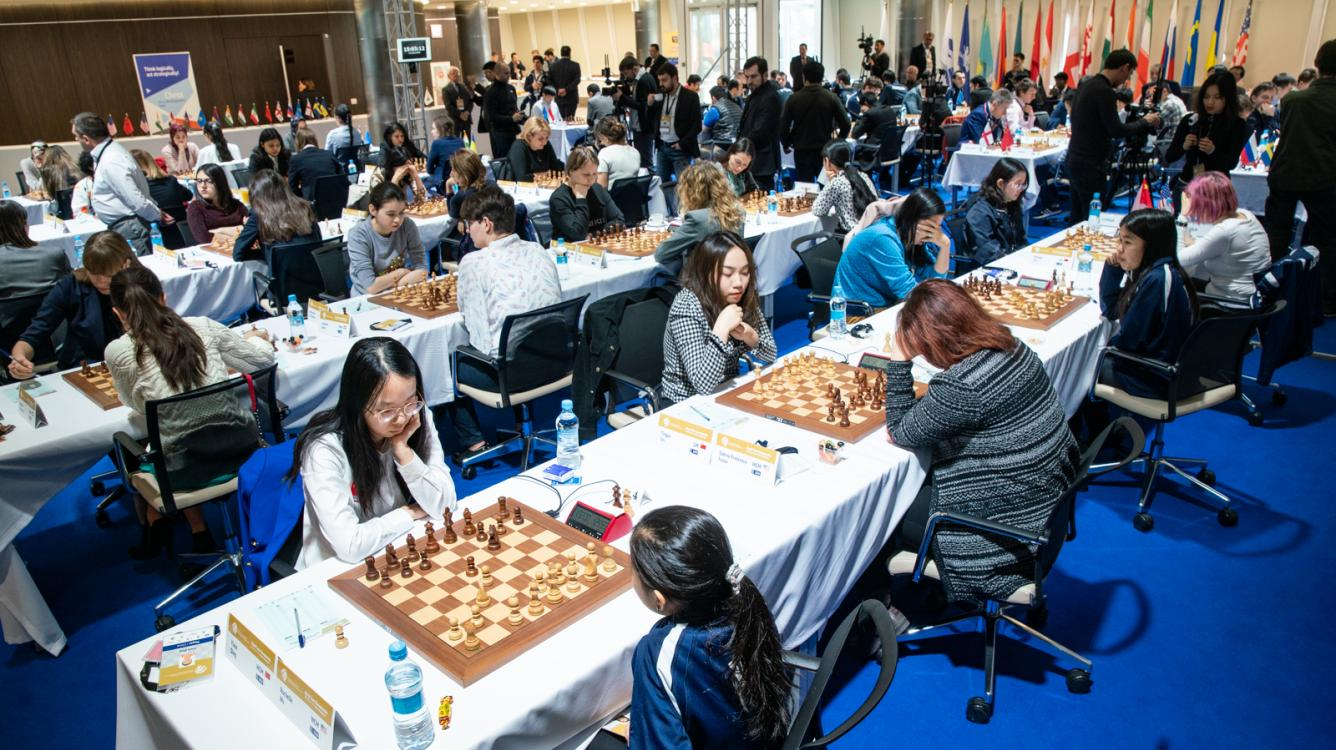 A modern chess tournament
A modern chess tournament
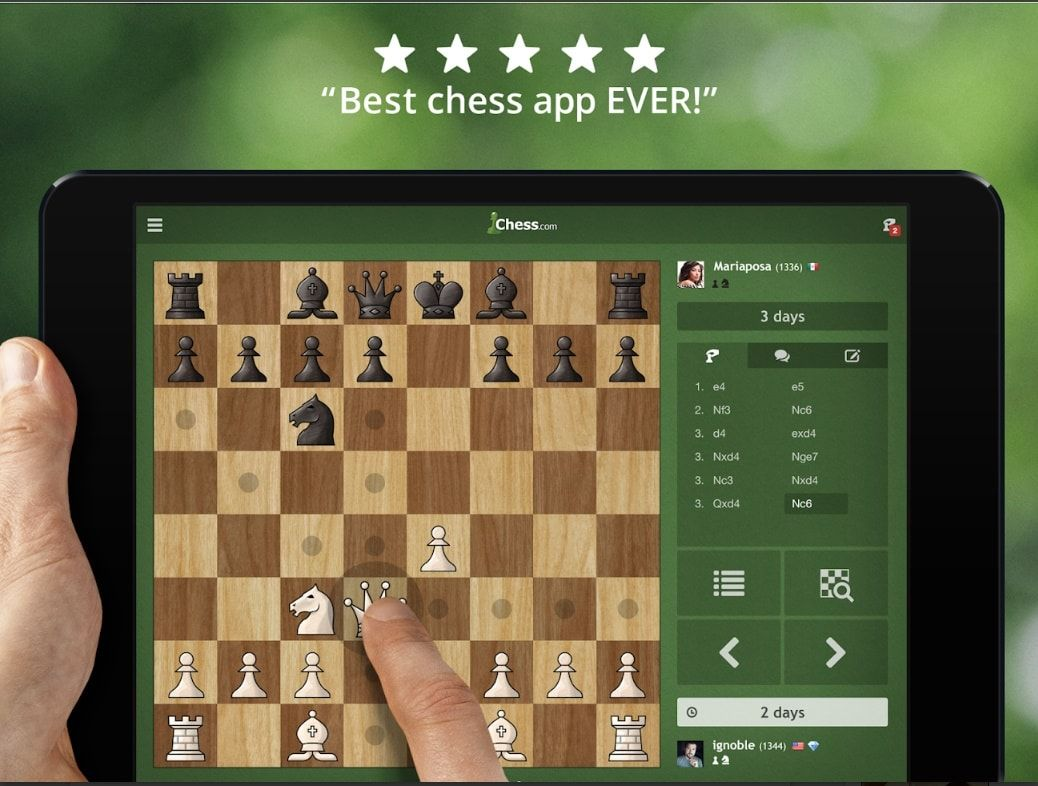 Players can also easily participate in an online tournament
Players can also easily participate in an online tournamentChess is not only an entertaining game but also has profound effects on culture and society.
Chess, beyond the boundaries of an entertainment game, has proven its profound influence on culture and society. From being an endless source of inspiration for art, an effective educational tool, to a means of diplomacy and even a factor influencing health, chess has affirmed its value in children's lives. People. Through thousands of years of history, chess is not only a game but also a symbol of intelligence, creativity and development of humanity.
>>> HIGH QUALITY CHESS SETS HANDMANUFACTURED BY MINIWOOD DESIGN
Related Posts
Explore a unique Mid-Autumn gift from Miniwood: a handcrafted wooden lighter paired with palo santo — bringing warmth, scent, and a moment of calm.
As Christmas approaches, the festive atmosphere fills the air. Are you ready to embrace a warm and meaningful Christmas with your family and loved ones? Miniwood introduces two unique products that promise to bring a special Christmas atmosphere to your home: the wooden chess set and the woodpecker door knocker.
Mid-Autumn Festival is coming, what have you prepared to send to your important business partners? Instead of mass gifts, why don't you try to experience unique wooden gift products from Miniwood Design? With sophisticated lines, high-quality natural wood materials, each product has its own story, showing the sophistication and class of the giver.